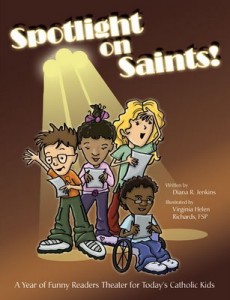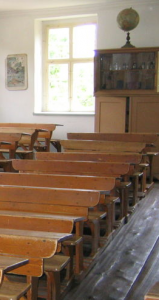 Why do Catholic schools exist? What’s really the difference between a public school and a Catholic school? Is a Catholic school simply a public school with an added course called Religion? Is a Catholic school’s purpose to be a haven from the world, an island where no bad things come?
Why do Catholic schools exist? What’s really the difference between a public school and a Catholic school? Is a Catholic school simply a public school with an added course called Religion? Is a Catholic school’s purpose to be a haven from the world, an island where no bad things come?
According to the Declaration on Christian Education, a document of the Second Vatican Council, a Catholic school has three functions:
No less than other schools does the Catholic school pursue cultural goals and the human formation of youth. But its proper function is to create for the school community a special atmosphere animated by the Gospel spirit of freedom and charity, to help youth grow according to the new creatures they were made through baptism as they develop their own personalities, and finally to order the whole of human culture to the news of salvation so that the knowledge the students gradually acquire of the world, life and man is illumined by faith. So indeed the Catholic school, while it is open, as it must be, to the situation of the contemporary world, leads its students to promote efficaciously the good of the earthly city and also prepares them for service in the spread of the Kingdom of God, so that by leading an exemplary apostolic life they become, as it were, a saving leaven in the human community. (Gravissimum Educationis, 8)
Looking at our own Catholic schools–whether as a pastor, administrator, or teacher–how do they measure up? Are they functioning as intended? Looking closer at each of the following points may help us reflect on those questions.
1. “To create for the school community a special atmosphere animated by the Gospel spirit of freedom and charity”:
- Is my school’s atmosphere “special”–that is, uniquely enlivened by the freedom and charity of the Gospel?
- How much autonomy do the students have? Are they free to pursue their individual gifts and God-given talents?
- Charity: “a divinely infused habit, inclining the human will to cherish God for his own sake above all things, and man for the sake of God” (Catholic Encyclopedia, 1910). How does my school foster the virtue of charity?
2. “To help youth grow according to the new creatures they were made through baptism as they develop their own personalities”:
- We are called to help our students grow not as the “old creatures” they were before their baptism, but as “new creatures.” How should our approach be different than if we were teaching the unbaptized?
- What do baptized young people need in order to grow in their new life in Christ?
- Am I helping students to develop their own personalities, or am I unintentionally squelching their individuality?
3. “To order the whole of human culture to the news of salvation so that the knowledge the students gradually acquire of the world, life and man is illumined by faith”:
- How does the world look different when “illumined by faith”?
- Catholic schools are called to look at “the whole of human culture” through the lens of faith. How does that lens affect our lesson plans and subject area objectives?
- In areas like science, social studies, mathematics, language arts, and music, does the content and organization of my school’s curriculum look very different than a public school? If so, how? If not, why not?
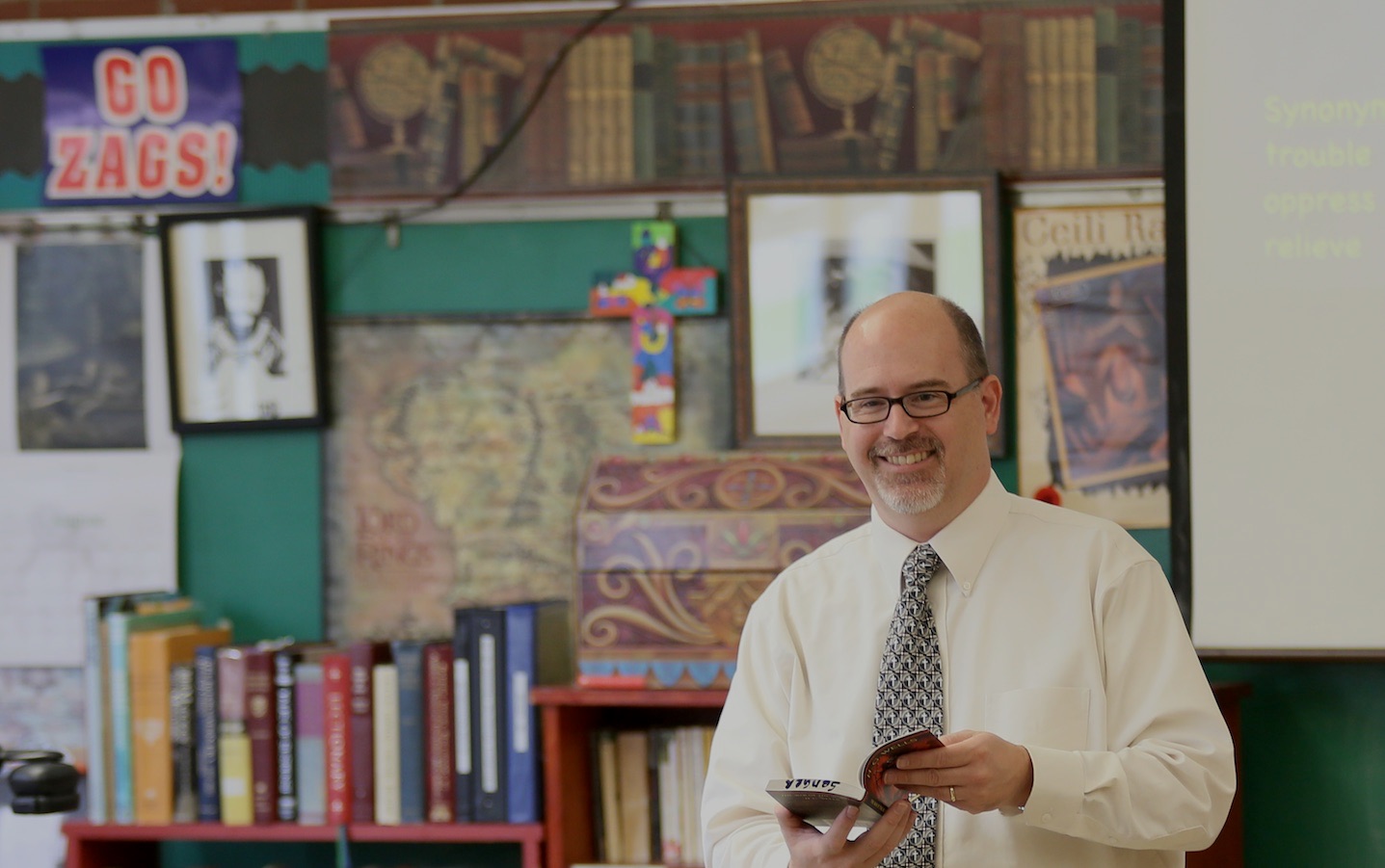
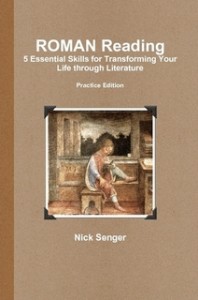
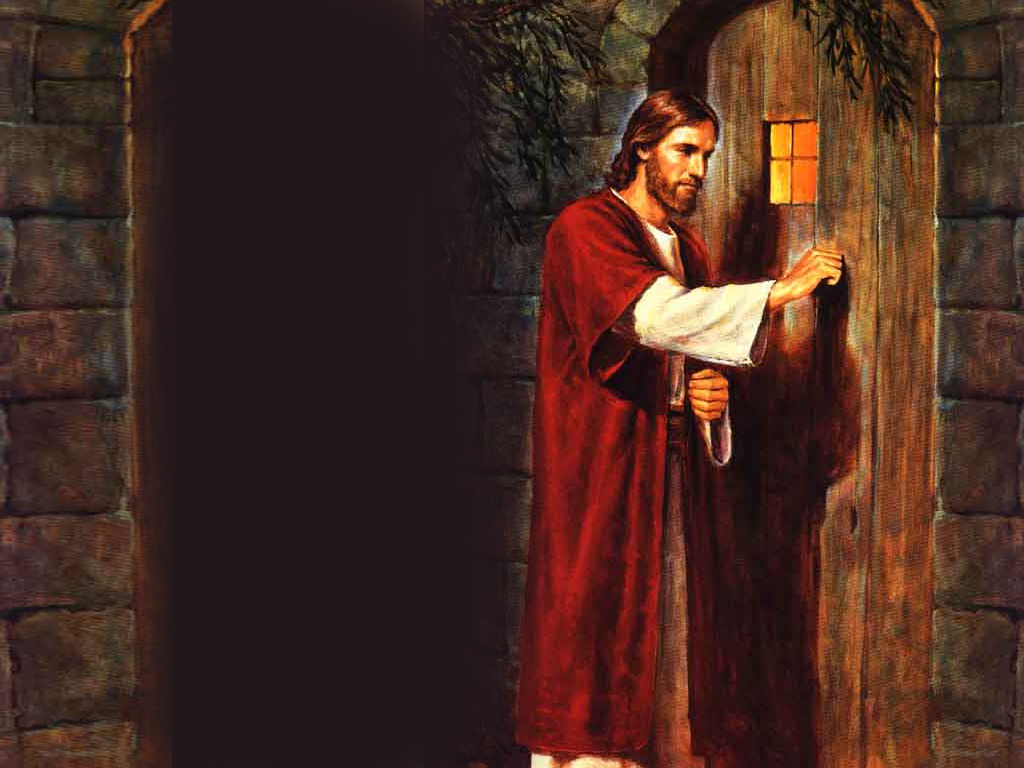
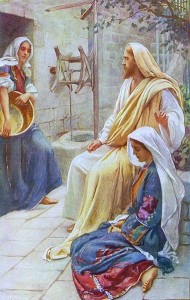
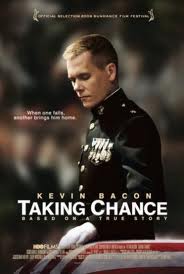
 Today is the Commemoration of All the Faithful Departed, otherwise known as All Souls Day. As we remember all those who have died, it is important to remember that in death life is only changed, not ended.
Today is the Commemoration of All the Faithful Departed, otherwise known as All Souls Day. As we remember all those who have died, it is important to remember that in death life is only changed, not ended.